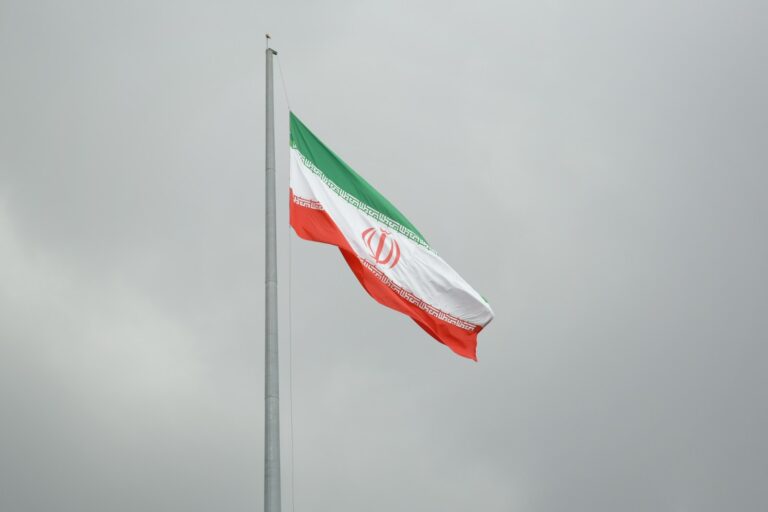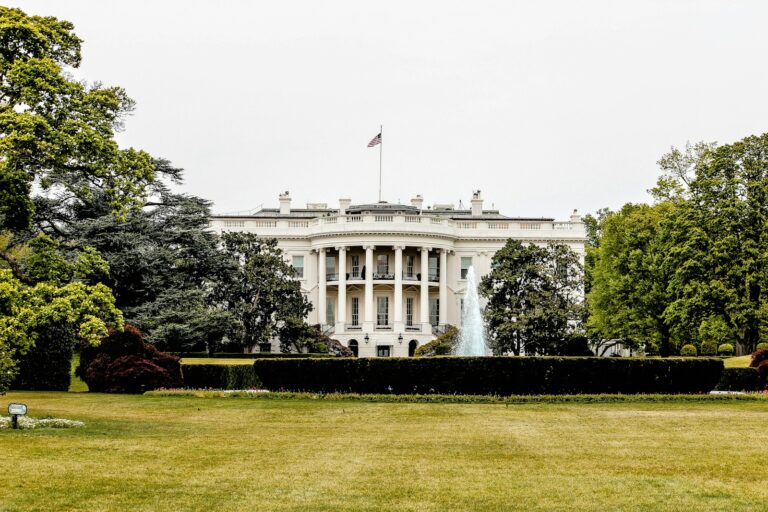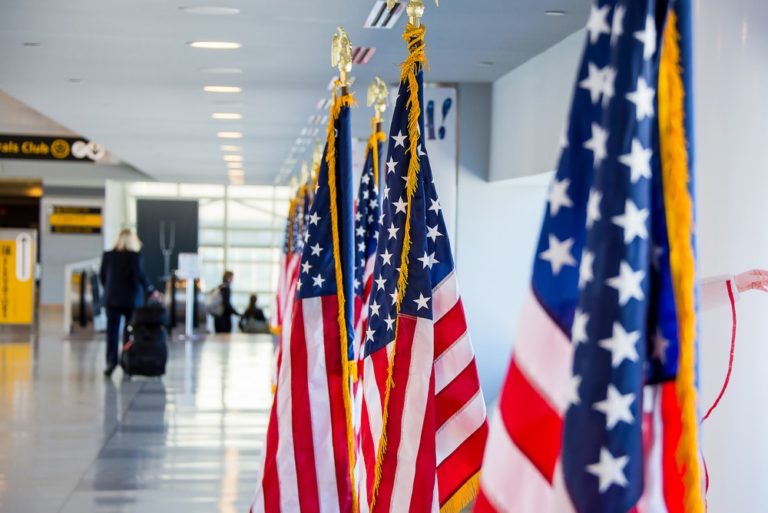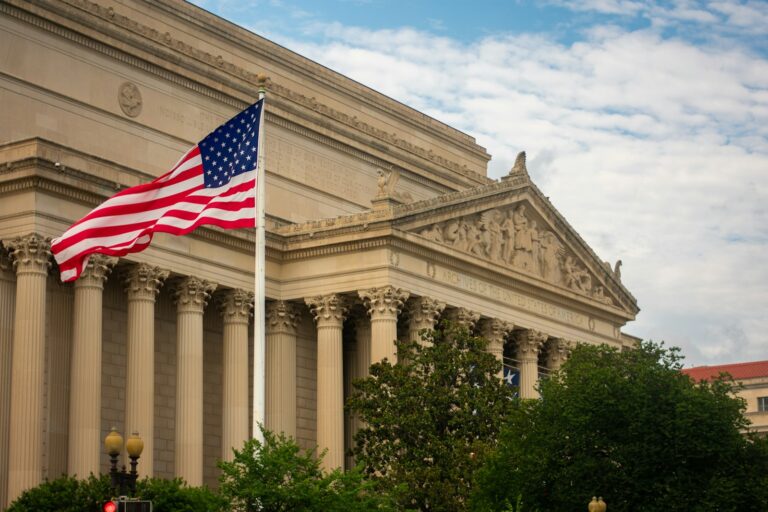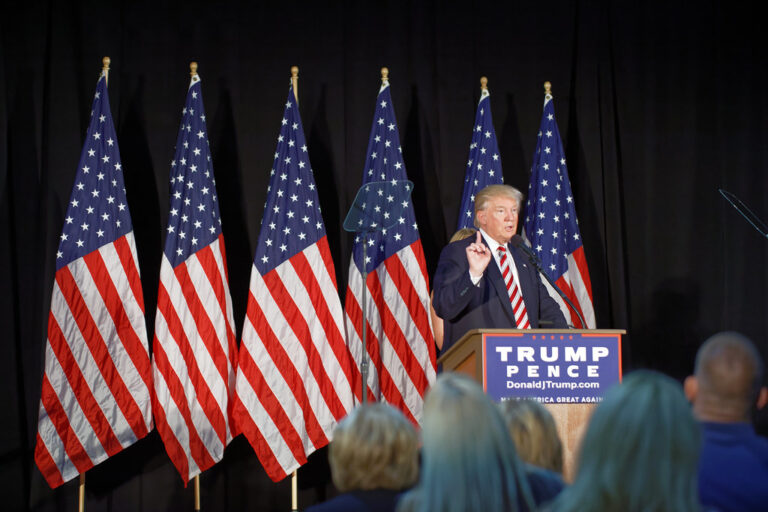Iran Suspends IAEA Cooperation After Nuclear Strikes
Key Takeaways
- Iran stopped full cooperation with the IAEA, the UN nuclear watchdog.
- President Pejsbani says this due to foreign attacks on Iran’s nuclear sites.
- Iran wants the IAEA to investigate who attacked their nuclear facilities.
- This ends routine sharing of nuclear data with the international body.
- Global nuclear inspections and talks about Iran’s program face a major setback.
- The move adds more worry about nuclear safety and international conflicts.
A Major Shift: Iran Halts Nuclear Talks
Imagine a world power deciding not to share its secrets, even nuclear ones. That’s what Iran did recently, making international headlines. President Masoud Pezeshkian signed a new law. This law tells Iran to stop fully cooperating with the International Atomic Energy Agency (IAEA). The IAEA acts like a referee for global nuclear rules.
Why did Iran do this? Simple, really. Iran blames foreign attacks for its decision. These attacks targeted Iranian nuclear sites. Iran believes these strikes are connected to its nuclear activities. Because of this deep suspicion, Iran feels the IAEA must now investigate who carried out those strikes. The IAEA is the United Nations’ expert group on nuclear energy and safety. Iran feels its safety is under direct attack because of its nuclear work.
This new law is a big deal. It’s a sharp turn in Iran’s long-standing relationship with the IAEA. It shows how events on the ground can instantly change international agreements and trust. Understanding this requires looking back a little.
Background: Iran and IAEA Cooperation
For many years, Iran worked closely with the IAEA. After joining the Nuclear Non-Proliferation Treaty (NPT), Iran allowed the IAEA to inspect its nuclear facilities. This was like showing your homework to make sure you’re learning properly and following rules.
The goal was two-fold. Firstly, to prove to the world Iran wasn’t secretly building a nuclear weapon. Secondly, to keep international relations peaceful. This cooperation was a key element of the Joint Comprehensive Plan of Action (JCPOA), commonly known as the Iran nuclear deal. This complex agreement involved several world powers and aimed to limit Iran’s nuclear program in exchange for eased sanctions. Iran’s nuclear facilities were under intense scrutiny. Inspectors frequently visited places like the Natanz enrichment facility and the Fordo enrichment plant. This constant watching helped the international community feel safer and maintained economic pressure on Iran through sanctions lifts.
However, the JCPOA and the constant inspections faced growing problems. Disagreements arose between Iran and the IAEA, and later among the signatories. The future of the deal seemed uncertain. This background sets the stage for the current conflict.
Recent Attacks: Strikes on Iranian Nuclear Sites
Last month, a significant event changed everything. Israeli forces carried out airstrikes. They targeted several sites inside Iran. The main targets included the Natanz uranium enrichment facility and the Fordo nuclear enrichment plant. These are the very places the IAEA frequently monitors. Israel stated its aim was to halt Iran’s nuclear weapons development program. Iran strongly denied this, calling the actions “aggression” and a “war crime.”
Not long after the Israeli strikes, American forces joined in. Reports suggested U.S. drones conducted attacks, primarily targeting Iranian missile sites. These sites were outside of, or near, Tehran. The stated American goal was self-defense against potential Iranian retaliation. Iran confirmed these strikes, viewing them as direct American involvement alongside Israel.
These coordinated attacks sent shockwaves through the region and the world. It was a direct physical blow against Iran’s carefully monitored nuclear infrastructure. Iran saw these attacks as an existential threat.
New Law Details: Suspending Cooperation
In response to these perceived attacks, Iran took a decisive action. President Pezeshkian officially signed the law suspending cooperation with the IAEA. The law states that Iran will stop all cooperation unless the IAEA agrees to investigate the attacks first. Iran’s position is simple: the IAEA must find out who attacked its facilities before Iran resumes full information sharing. Iran wants the IAEA investigation into the strikes to begin immediately. This is a major shift. Previously, Iran was required to report any nuclear material theft to the IAEA quickly. It was part of its international commitments. Now, this core requirement seems suspended until the investigation starts.
The suspension means Iran won’t provide the normal, routine information the IAEA relies on. Think of the IAEA needing regular updates on nuclear material movements and facility status. Iran will likely stop providing this data. It also means inspections and discussions that were standard might now pause or change. This creates a significant information gap for the international community. The IAEA operates under strict rules, often requiring approval from the inspected country for specific checks. This new law effectively gives Iran the right to limit IAEA access until the attack investigation concludes.
Pezeshkian’s Stance: Protecting National Security
President Pezeshkian, who assumed office after the death of President Raisi, emphasized the government’s priority. He stated Iran’s primary duty is to protect the lives, security, and interests of its people. The president framed the decision as a necessary measure taken in response to external aggression. His administration views the suspension as a direct consequence of the attacks on Iranian soil. This is the official reason given.
He also mentioned the need for the country’s safety. The government believes its continued cooperation with the IAEA under the current circumstances would be a betrayal of its own security. Iran feels that by allowing the IAEA unfettered access, its nuclear facilities are vulnerable targets for foreign enemies. The law reflects this deep-seated fear and prioritizes immediate security over long-term international commitments. It’s a strong signal to the world that Iran sees its nuclear facilities as essential national assets worth protecting, even if it means breaking international norms temporarily.
IAEA Role: The UN’s Nuclear Watchdog
The IAEA plays a vital role in the world. Its main job is to prevent nuclear weapons from spreading. It does this by helping countries build safe, peaceful nuclear power plants and medical uses for radiation. But perhaps its biggest task is verifying that nations aren’t cheating on promises not to build nuclear bombs. Countries that sign the NPT often agree to IAEA inspections. The IAEA needs information to do its job effectively. Without regular updates from Iran, the agency faces a major hurdle. Iran provides data on its nuclear material, facilities, and activities. This information helps the IAEA understand developments and reassure other countries. It also helps the IAEA report back to the UN about potential risks or concerns regarding Iran.
When a country suspends cooperation, it throws a wrench into the IAEA’s work. The agency might struggle to verify declared activities. It might have less reliable data to analyze or report. Furthermore, investigations into potential nuclear proliferation risks often rely on intelligence sharing, which can involve IAEA findings based on national data. This suspension makes such work significantly harder. The IAEA might also find it harder to mediate or find solutions to ongoing nuclear standoffs, like the current one with Iran, if reliable information is scarce.
Implications: Wider Repercussions
The consequences of this suspension ripple out. For the IAEA itself, it’s a blow to its ability to maintain trust and oversight globally. Its credibility relies on the cooperation of member states. A major suspension like this raises questions about the agency’s effectiveness and the security of nuclear facilities worldwide. The international community, particularly countries worried about nuclear proliferation, now faces less transparency regarding one of the world’s most watched programs. This lack of transparency could fuel more rumors and suspicion.
For nuclear safety, the situation is concerning. The IAEA also works on preventing nuclear accidents and ensuring safe practices worldwide. The disruption in Iran adds another layer of uncertainty to global nuclear management. Furthermore, Iran might feel emboldened. Knowing that inspections are less frequent, could Iran pursue activities more quickly, pushing closer to undeclared capabilities? This is a major fear for nations like the US and its allies. It also increases the chance of future conflict in a volatile region. Iran might feel backed into a corner, leading to more aggressive posturing. The path back to normal cooperation seems long and uncertain right now.
Future Outlook: Uncertain Path Ahead
What happens next remains unclear. The IAEA will likely send a formal message to Iran, outlining its position and perhaps seeking clarification. Iran will have to consider whether to respond and under what conditions. Getting back to normal won’t be easy. The trust that was already frayed before the attacks is now severely damaged. The IAEA needs to prove it can investigate the attacks fairly and effectively. Iran needs to feel its security concerns are adequately addressed by the international community, not just the IAEA. Finding common ground requires both sides to compromise.
The future of international nuclear agreements hangs in the balance. The Iran nuclear deal is already facing challenges elsewhere. This suspension adds another major obstacle. The world must watch closely, hoping for de-escalation. Yet, the deep divisions and mistrust seem hard to bridge overnight. This latest development underscores the fragility of international agreements and the high stakes involved when nations feel threatened. The world’s nuclear landscape just took a significant, unexpected turn.
